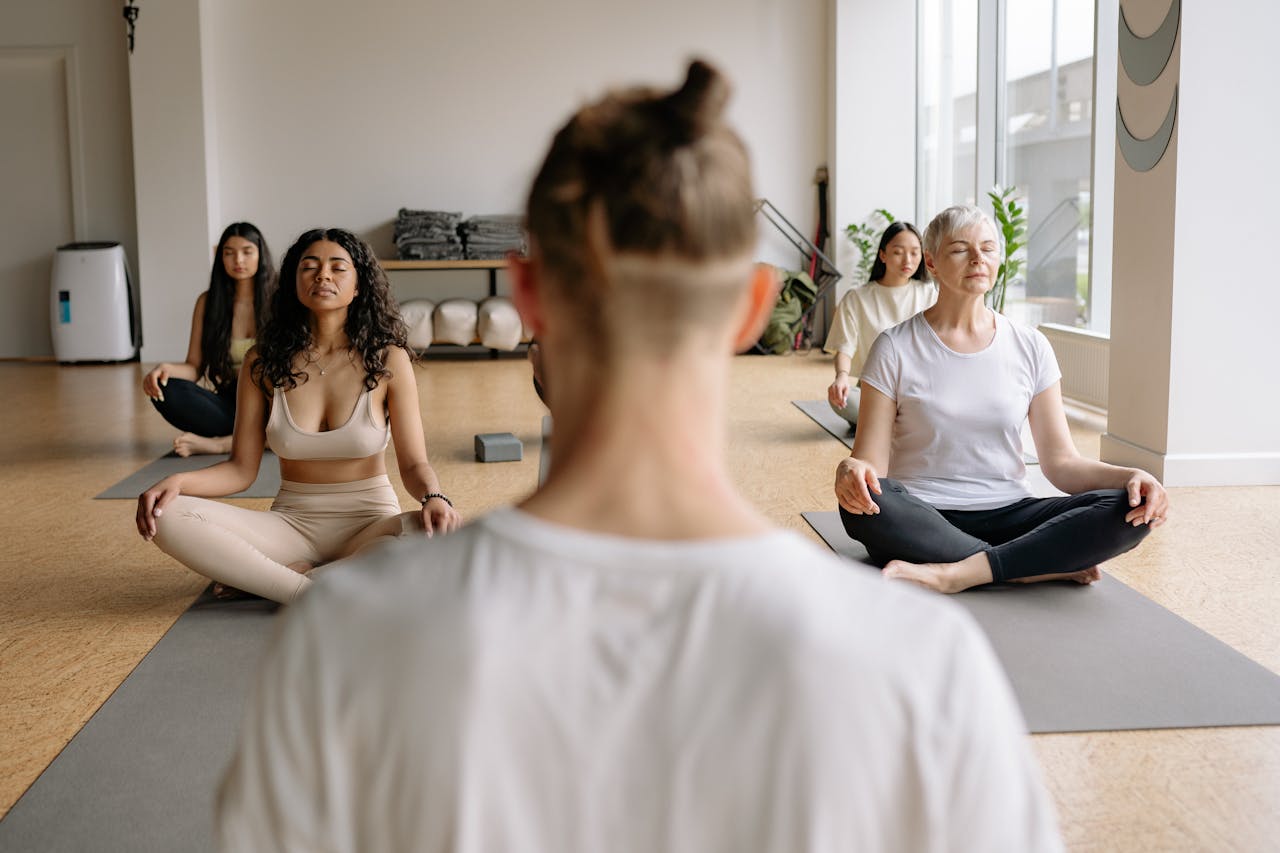
Table of Contents
If you're new to meditation, it can be challenging to know where to start. This blog post will provide an introduction to meditation for beginners, including the why, the what, and the how. We'll discuss some of the benefits of meditation and offer tips on how to get started. Meditation is an excellent option if you're looking to improve your mental health or simply want a way to relax and de-stress!
Why would you want to start meditating?
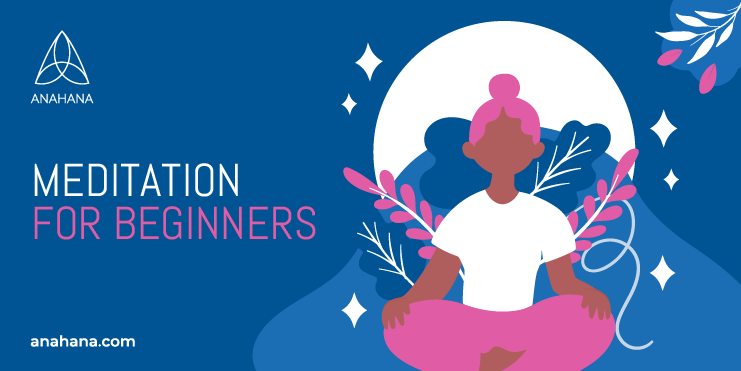 There are various reasons why you might consider introducing meditation into your life.
There are various reasons why you might consider introducing meditation into your life.
We live highly fast-paced lives and are rarely allowed to take a few moments for ourselves and disconnect from all the outer chaos. Such lifestyle comes with all its challenges and consequences, one of which is increased stress and anxiety levels. This is where meditation can help. Meditation practice effectively reduces stress and anxiety by calming the mind and body.
Improved focus and concentration come hand in hand with a consistent meditation practice. When we allow to slow down and focus on the present moment, we are training our attention span and developing a better capacity to focus. Meditation helps you to stay focused and stay connected when your mind wanders.
In addition to increased awareness and reduced stress, meditation practice has been helping people to sleep better. Meditation can be a natural and effective solution if you are struggling with insomnia or other sleep disorders. A quick meditation before bed helps to fall asleep faster and calm the agitated nervous system, often stimulated by light and noise pollution.
What are the basics of meditation?
Now that we know some of the reasons why we might want to start meditating let's go over the basics. Meditation is an ancient practice with many different forms, but some basic principles remain the same.
Rule number one: any and everyone can meditate. Meditation is an accessible practice, and it's time and consistency that helps beginners to develop a habit. No age, location, life circumstances, or ability level prevent anyone from dedicating time to their mind and mindfulness practice.
Secondly, meditation doesn't require any equipment. You can meditate anywhere, at any time - whether taking a break at work, sitting on the bus, or just before bed. All you need is yourself and a few meditation techniques to get started.
Finally, most first-time meditators tend to set meditation goals such as working towards practicing for longer periods. However, when it comes to meditation for beginners, it's important to remember that meditation practice is about re-connecting with yourself, processing emotions and thoughts better, developing a sense of self-awareness, and improving mental and physical health.
What are the most popular meditation techniques for beginners?
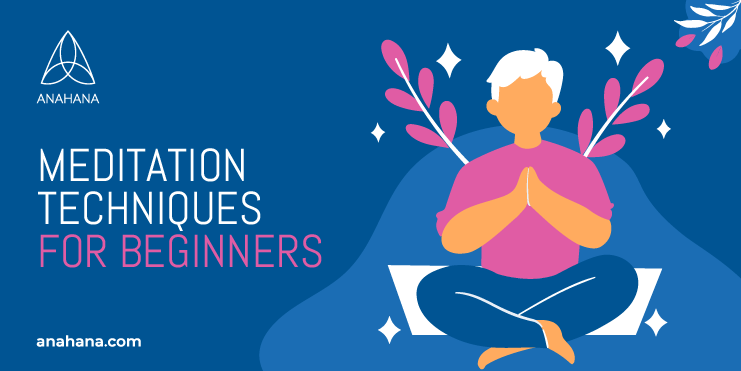 There are many different types of meditation, and it's essential to find a style that suits you. Here are three of the most popular meditation techniques for beginners:
There are many different types of meditation, and it's essential to find a style that suits you. Here are three of the most popular meditation techniques for beginners:
Mindfulness Meditation
Mindfulness meditation aims to bring awareness to the present and get in tune with thoughts and surroundings. To practice mindfulness meditation, find a comfortable place to sit or lie. Close your eyes and observe your breath. As you breathe in and out, pay attention to the sensations in your body. If your mind starts to wander, simply refocus on your breath.
Spiritual or Mantra Meditation
This type of meditation involves repeating a mantra or sacred word or phrase. The repetition of the mantra helps to still the mind and focus on the present moment. Find a comfortable place to sit with your spine straight to practice spiritual or mantra meditation. Close your eyes and begin repeating your chosen mantra. Maintain attention to the mantra and the sensations in your body. Mantra helps to anchor and prevent the mind from wandering.
Visualization Meditation
Visualization meditation involves focusing on a particular image or scene. The goal is to relax the mind and body by visualizing a peaceful place. To practice visualization meditation, find a comfortable place to sit with your spine straight. Close your eyes and begin to imagine a quiet place. It can be somewhere you've been before or somewhere imaginary. Focus on the details of the scene, such as the colors, smells, and sounds. Allow yourself to relax and feel at peace.
Movement meditation
Another popular style of meditation that can be done anywhere and at any time. This type of meditation involves focusing on the sensations in the body as you move. For example, observe the feel of your feet hitting the ground as you walk or the feeling of your breath moving through your body as you do yoga. The goal is to be present and aware of your body as you move.
Loving-kindness meditation
This type of meditation involves cultivating feelings of love and compassion. To practice loving-kindness meditation, sit comfortably with your eyes closed. Bring to mind someone who you love and feel gratitude for. Send them thoughts of love and compassion. Repeat this process with yourself; then someone you don't know very well or find difficult. Cultivating feelings of love and compassion can help to reduce stress and anxiety.
Body scan meditation
This type of meditation involves focusing on the sensations in the body. To practice body scan meditation, lie down in a comfortable position and close your eyes. Focus on your breath and allow your mind to wander through your body. Notice any areas of tension or pain and observe breathing into those areas. The goal is to relax the mind and body by focusing on the sensations in the body.
Experiment with different styles and see what works best for you. Remember that meditation is a practice that takes time and patience, and it's better to let your mindfulness journey flow without any force.
How to get started with meditation for beginners?
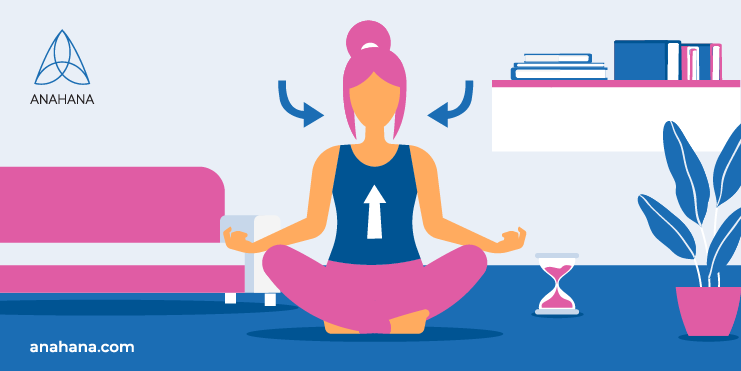 There are many ways to get started with meditation. The easiest way to get into a regular practice is guided meditation. Taught by a meditation teacher in person but most often online, guided meditation allows one to focus and simply navigate the first few challenging steps. There are plenty of guided meditations available on youtube, mindfulness and meditation apps such as Headspace or Calm, and many more.
There are many ways to get started with meditation. The easiest way to get into a regular practice is guided meditation. Taught by a meditation teacher in person but most often online, guided meditation allows one to focus and simply navigate the first few challenging steps. There are plenty of guided meditations available on youtube, mindfulness and meditation apps such as Headspace or Calm, and many more.
Prepare your space before your first guided meditation. Find a comfortable place to sit or lie down, somewhere you won't be interrupted. Ensure the temperature is comfortable and you won't get too cold or too hot. You might want to have a blanket nearby. If you have a cushion, that's great for relieving tension in the pelvic and lower back area. There are plenty of meditation cushion options to choose from too.
What are you likely to experience as you begin meditating?
-
Your mind will wander. That's normal. The goal is not to clear your mind but to concentrate on the here and now. When you notice your mind wandering, start bringing awareness and attention to your breath or mantra.
-
Emotions are likely to show up. Meditation is a great way to process and release emotions. As you sit with yourself, you might find that emotions come up that you've been repressing. Allow yourself to feel them thoroughly, and then let them go.
-
You can fall asleep. If you fall asleep during meditation, it's a clear sign that you're not getting enough sleep. It's best to meditate in the morning or afternoon when you're likely to be more alert.
-
You might feel antsy. If you find yourself fidgeting or feeling restless, it's a sign that you need to move your body. Try a movement meditation or take a walk before you meditate.
-
You feel nothing. If you feel bored or like you're not experiencing anything, that's normal. Meditation is a practice of patience and non-judgment. Keep at it and trust that the benefits will come in time.
How to choose a meditation teacher?
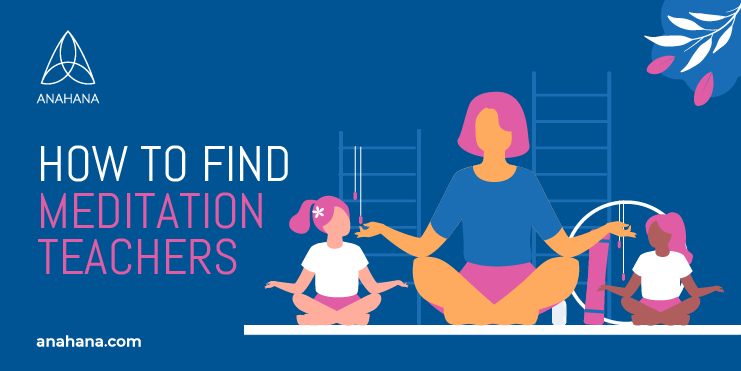 When choosing a teacher, there are many things to consider. The most important thing is to find someone who you feel comfortable with. Look for an experienced teacher, and ask for qualifications and past teaching history. There is nothing strange about asking additional questions about a new teacher’s experience. First, decide whether you'd like to practice online or in real life. Your IRL teacher might not always be available, but most teachers offer hybrid practice options these days. Once you've decided on the format, look for a teacher with good reviews. If you have friends who meditate, ask them for recommendations.
When choosing a teacher, there are many things to consider. The most important thing is to find someone who you feel comfortable with. Look for an experienced teacher, and ask for qualifications and past teaching history. There is nothing strange about asking additional questions about a new teacher’s experience. First, decide whether you'd like to practice online or in real life. Your IRL teacher might not always be available, but most teachers offer hybrid practice options these days. Once you've decided on the format, look for a teacher with good reviews. If you have friends who meditate, ask them for recommendations.
If you don't have any meditation or yoga studios in your area, apps and virtual practice are the safest bet. The bottom line is that there are many ways to get started with a meditation session. Find a style and teacher that suits you, and be patient as you journey into the world of mindfulness.
How much should you meditate?
The answer to this question is different for everyone. The best way to figure out how much you should meditate is to experiment and find what works for you. Some people like to meditate for 20 minutes a day, while others prefer to meditate for an hour or more. There are no hard and fast rules, so finding what works best for you is essential. If you're new to meditation, starting with shorter sessions and gradually increasing the length of time you meditate is a good idea.
One of the best things about meditation is that there are no rules. You can meditate for as long or as short as you like, and there's no right or wrong way to do it. So, don't be afraid to experiment and find what works best for you.
How to Turn Meditation Practice Into a Habit
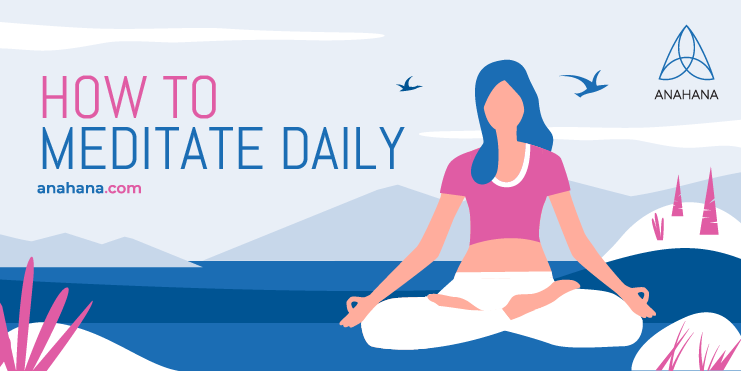 The best way to turn meditation into a habit is to find a time that works for you and make it part of your daily routine. If you're struggling to find time in your day, try meditating first thing in the morning or right before bed. You can also try meditating during your lunch break or on the weekends.
The best way to turn meditation into a habit is to find a time that works for you and make it part of your daily routine. If you're struggling to find time in your day, try meditating first thing in the morning or right before bed. You can also try meditating during your lunch break or on the weekends.
Setting yourself a daily reminder on your phone or calendar can also improve consistency and how regularly you show up for yourself. If you work and meditate from home, you can even try using sticky notes on your desk, kitchen, and bathroom with meditation practice reminders.
If you're struggling to stick with it, find a meditation buddy or join a meditation group. There's strength in numbers, and it can be helpful to meditate with other people.
Quick tips and tricks for beginners
-
Wear comfortable clothes: You want to be able to sit or lie down without feeling restricted.
-
Set a timer: This way you don't have to worry about the time and can focus on your meditation.
-
Find a comfortable position: Sitting, lying down, walking, standing - it doesn't matter as long as you're comfortable.
-
Start small: Don't try to meditate for hours from the get-go. Start with shorter guided meditations and increase the length of time as you get more comfortable with meditation.
-
Be patient: Meditation is a practice, not a quick fix. It takes time, patience, and consistency to see results.
-
Persevere: If you have a busy mind, it's normal for your thoughts to wander during meditation. When you notice your mind wandering, gently bring your attention back to your breath or the point of focus.
References

By: Anahana
The Anahana team of researchers, writers, topic experts, and computer scientists come together worldwide to create educational and practical wellbeing articles, courses, and technology. Experienced professionals in mental and physical health, meditation, yoga, pilates, and many other fields collaborate to make complex topics easy to understand. Anahana is also home to specialists in crystals, tarot, angel numbers, astrology, life path numbers, zodiac signs, and horoscopes. By combining evidence-based wellness with spiritual and energetic practices, the team offers clear, trustworthy guidance for both mind-body health and modern spirituality.